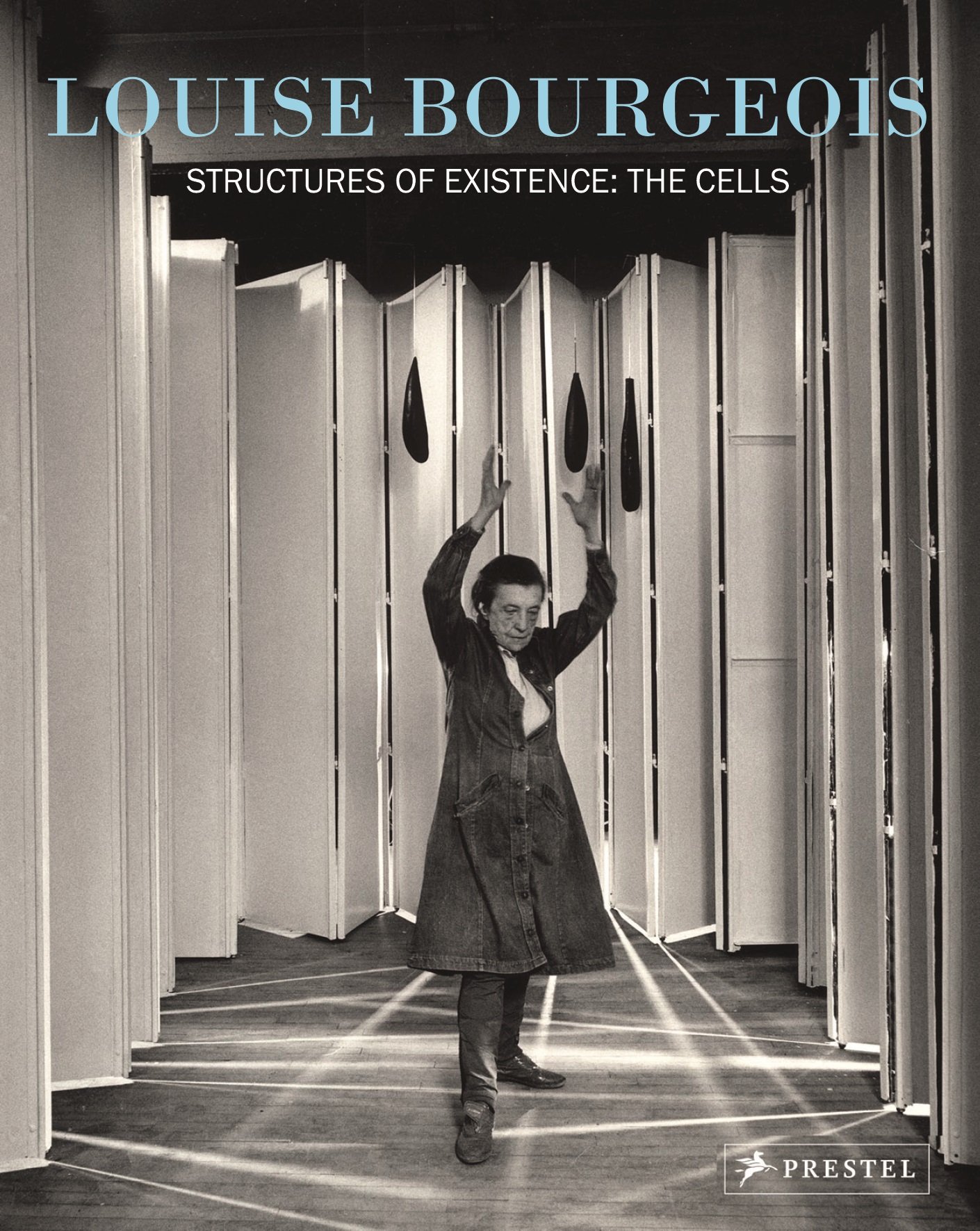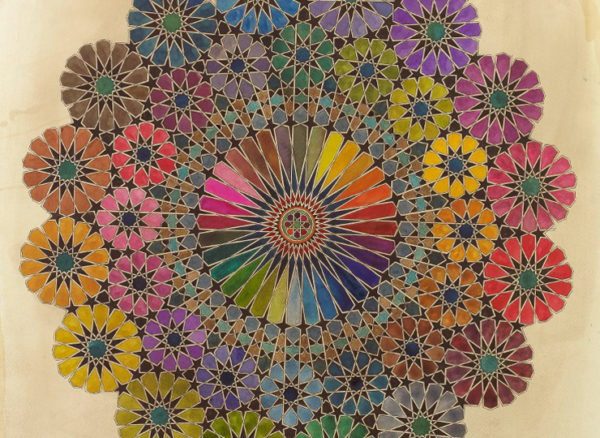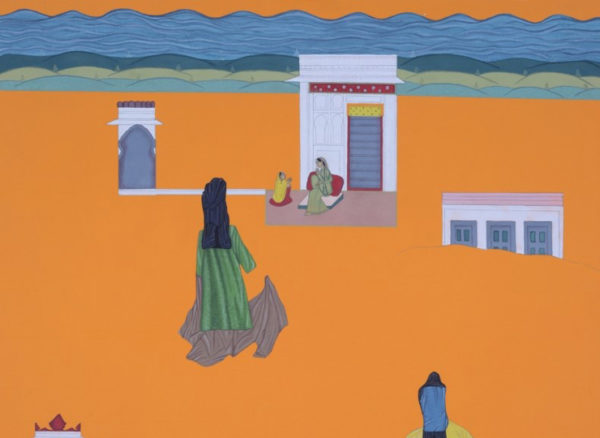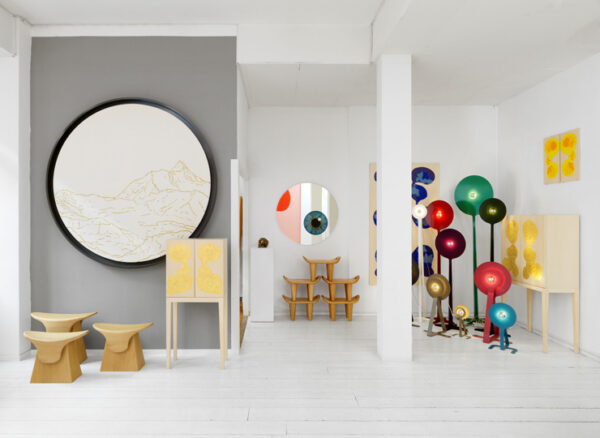
Louise Bourgeois’ body of work is extraordinary in its precision, tactility and emotional power. Her large-scale retrospective exhibition, Louise Bourgeois, Structures of Existence: The Cells, toured galleries in Munich, Moscow, Bilbao and Humlebæk throughout 2015 and 2016. The tour offered viewers the chance to see the most comprehensive survey to date of her sculpture series Cells (twenty-eight of them), alongside ‘cell precursors’, other sculptures, drawings and paintings. The richly illustrated exhibition catalogue published by Prestel to coincide with the exhibition tour offers further insight into the life and complex work of Bourgeois, who sadly passed away in 2010 at the age of 98.
Art historians and critics are often guilty of making too much of an artist’s biography in the interpretation of their artwork. In Bourgeois’ case, however, her experiences of childhood, adolescence and later life have explicitly shaped the work produced and are well documented via the artist’s writings and interviews. Many of her key sculptural motifs – the spider, the thread, the rabbit, the mirror – are all symbols that relate to her often very difficult family relationships. Bourgeois was responsible for the care for her ill mother for many years; her father had an affair with her au pair; her mother died when Bourgeois was just twenty-one – anxiety, sadness, anger, desire and confusion marked her artistic output profoundly.
Within the book, full-bleed installation images richly display the Cells and other works. Close-up photographs allow readers to appreciate some of the surprising and beautiful material combinations employed. Marble, paint-flaked wood, metal wire, fur, coloured glass, white cotton, velvet and steel blades are all brought into sharp focus. What the book cannot capture, though, are the all-encompassing and semi-immersive effects of the Cells sculptures in particular. Lighting and certain theatrical, or at least dramatic sensibility, emphasise these aspects. Part of the joy and mystery of the Cells is that the viewer must peer through windows, grills and gaps within the largely enclosed structures made from doors and screens, and that they catch glimpses of themselves within the mirrors and other reflective surfaces incorporated, making them feel part of it. There is an intense desire to touch the sculptures and to walk into the micro spaces held within, which cannot be so effectively reproduced in print.
Six essays and two interviews with the artist’s friend and assistant of thirty years, Jerry Gorovoy, are included within the publication. These elucidate the impact of her life experiences on her aesthetically distinctive practice and serve to contextualise it within art historical and social fields. An essay by renowned scholar Griselda Pollock, for instance, effectively analyses Bourgeois’ use of colour and the work’s relationships to Freudian psychoanalysis, especially in connection to parental relationships, sex, caregiving and threat. Texts within the book further pull out the work’s connections to narrative, architectural space (particularly domestic space) and to memory, the body and the catalogue of human emotion.
This important publication collects together key reproductions and perspectives on Bourgeois’ work. It is a fitting legacy for the exhibition’s tour and for Bourgeois’ work.
FIND IT ON AMAZON: Louise Bourgeois, Structures of Existence: The Cells, by Julienne Lorz (Editor)










Comments